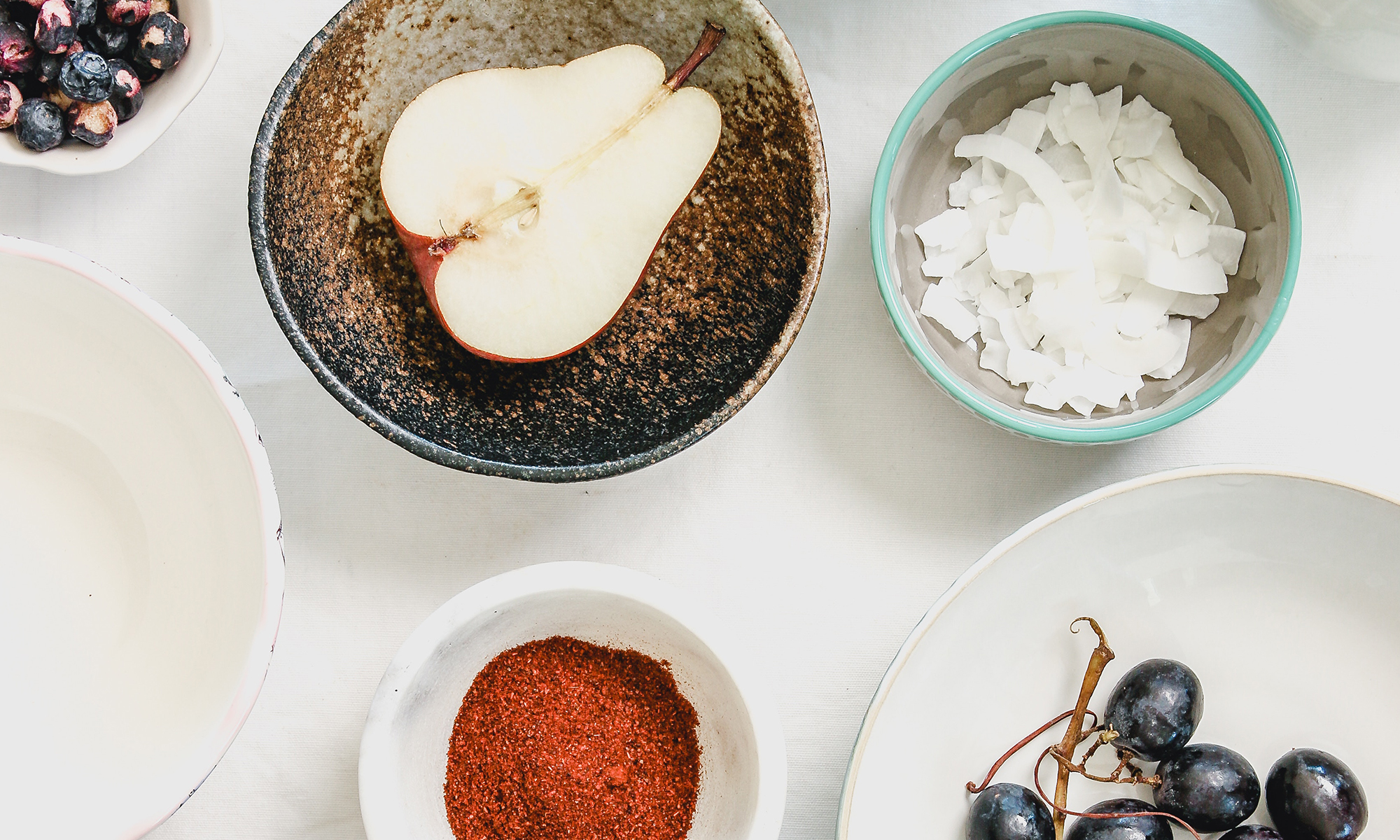*******Drum Roll, please!
Paul Sussman's Buttermilk Fried Chicken!
*******applause, applause applause****
Please welcome Chef Paul as he shares with us his recipe:
Ingredients:
1 small chicken (I like small chickens, around 3 pounds, what used to be called “fryers”, rather than “broilers” which weigh in at 4 to 5 pounds because when frying chicken the challenge is to cooking the pieces through before over- browning the batter. 1 cup of cultured buttermilk 1 tablespoon salt ½ teaspoon freshly ground black pepper 1 teaspoon ground, toasted cumin a few sprigs of fresh thyme a few drops of Tabasco - Flour (preferably non-bleached white) (finely ground corn flour can be mixed in, or even substituted entirely)
- Oil for frying
Cut the chicken up into 10 pieces as follows: Remove the backbone and use it, with the heart and gizzard to make stock. Fry up the liver and eat it, well salted and smushed on crackers for a snack. Cut the wings off, cut the legs off, split the legs into thighs and drumsticks and then split the breasts in half. The breast splitting is optional, but remember that smaller pieces fry better and everyone wants a breast, so we now have 4 instead of 2. Remove the skin from all but the wings.
Combine the buttermilk, salt, pepper, cumin, leaves of thyme stripped of the sprigs and Tabasco. Add the chicken, mixing well, and refrigerate for several hours, up to 24.
Drain the chicken, retaining the marinade. Put some flour in a bowl, put the reserved marinade in a bowl next to it. Dredge each piece of chicken in the flour, shake off the excess, dunk into the buttermilk, then back into the flour and arrange them on a sheet pan with enough room to keep them from touching. Put them in the refrigerator for 15 minutes (this allows the flour to absorb all the liquid making a batter.)
Heat ½ inch of oil in a heavy skillet to 350 to 375 degrees. If you don’t have a thermometer, or are too lazy to use one like me, the oil is at the right temperature when a few drops of water flicked into the oil sizzles (hot enough) but doesn’t explode (too hot).
Lay the chicken pieces into the pan without crowding, let them set for a minute then move them around a bit by sliding a metal spatula under beach to make sure it is not sticking.
Now, the hard part is keeping the temperature right. The cold chicken will reduce the temperature of the oil, so you might want to raise the flame when you first put the pieces in, but beware of leaving it too high. In other words, you must watch and adjust accordingly, to keep things sizzling, but not burning, turning the pieces when they need to but not too often so the batter has time to set.
When done remove the pieces onto something absorbent. (“When done”? How do I know when, you ask? And I answer, as all chefs do: “well… you just know”)
